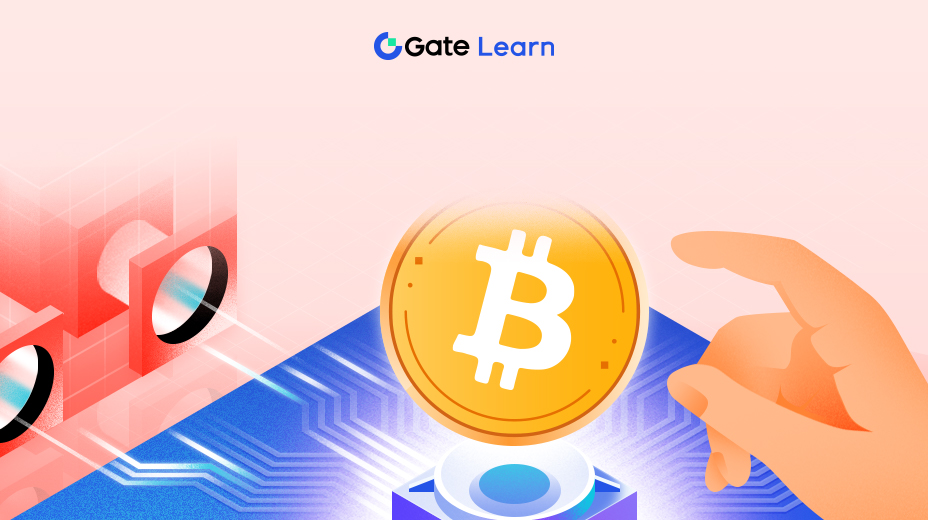que es cadena de bloques
Presentarle la definición, el origen y la importancia de blockchain.

Introducción
Blockchain es una base de datos distribuida abierta y compartida en tiempo real que registra todas las operaciones realizadas por los usuarios y las actualiza en todos los nodos de la red. Todas estas operaciones se combinan en una cadena segura e inmutable.
Blockchain es un libro mayor distribuido
Blockchain es una tecnología de registro distribuido que reduce el costo de la confianza al registrar y verificar las transacciones iniciadas por cualquier persona sin una autoridad central o un tercero.
Blockchain garantiza que dos o más partes puedan transferir activos digitales de manera segura en cualquier transacción. Una vez que se completa la transacción, se registra en la cadena de bloques y no se puede manipular. Además, el registro puede ser accedido públicamente por otros participantes de la red. Estas transacciones completadas se registrarán en lo que se define como un "bloque". Todos los bloques están conectados en una cadena, que es lo que llamamos "cadena de bloques".
Cada bloque contiene el hash cifrado, la marca de tiempo y los datos de transacción del bloque anterior. Por lo tanto, apenas es posible modificar los datos ya almacenados en la cadena de bloques, lo que los hace más seguros y transparentes.
Pero esto no significa que la cadena de bloques sea una tecnología 100% segura. Teóricamente, si alguien controla la autoridad de verificación de datos e inicia una transacción irrazonable y la verifica, sería una amenaza para la seguridad de la cadena de bloques. El requisito previo para que esto suceda es que los atacantes controlen más del 51% de la potencia de cómputo de la red, es decir, un ataque del 51%.
Dada la escala de las principales cadenas de bloques actuales, es muy difícil realizar un ataque del 51 %, ya que es muy costoso cometer comportamientos maliciosos.
El origen de la cadena de bloques
La tecnología Blockchain se introdujo por primera vez en el libro blanco "Bitcoin: A Peer-to-Peer Electronic Cash System" en 2008 por la figura misteriosa Satoshi Nakamoto, creador de Bitcoin. Generalmente, Bitcoin es un proyecto basado en tecnología blockchain, pero Bitcoin y blockchain no son lo mismo.
Bitcoin es la cadena de bloques original
La primera red blockchain, la red Bitcoin, se estableció en 2009. Permite el intercambio de valor peer-to-peer entre usuarios sin terceros.
Después del lanzamiento de Bitcoin, muchos otros proyectos siguieron su ejemplo y crearon sus propias cadenas de bloques únicas, con el objetivo de mejorar la transferencia de valor ineficiente de una manera innovadora. En este movimiento, la tecnología más crítica que surgió es el “contrato inteligente”.
El contrato inteligente desbloquea más potenciales de la cadena de bloques
El contrato inteligente más típico es el desarrollado por Ethereum, el segundo proyecto de criptomonedas más grande por capitalización de mercado. En términos simples, los contratos inteligentes son líneas de código que operan en la cadena de bloques. Pueden ejecutarse de forma permanente después de establecer reglas específicas y de implementarse en cadenas de bloques.
Los contratos inteligentes se pueden usar de varias maneras, como emitir tokens, crear billeteras, establecer intercambios descentralizados, etc. Pero en la actualidad, la tecnología blockchain todavía está limitada por la compensación entre escalabilidad y seguridad. Es poco probable que las aplicaciones, dentro de un corto período de tiempo, se implementen realmente y brinden servicios cotidianos.
Sin embargo, debido a los contratos inteligentes, el ecosistema de la cadena de bloques ha permitido muchas cosas que eran difíciles de lograr con la tecnología original, como las finanzas descentralizadas (DeFi), los tokens no fungibles (NFT), GameFi, etc. Todo esto ha facilitado que la cadena de bloques sea reconocida por más personas.
¿Por qué es importante la tecnología blockchain?
Habiendo desarrollado una comprensión básica de la definición, el origen y los conceptos relacionados con la tecnología de cadena de bloques, pasemos a la siguiente parte: la importancia de la cadena de bloques.
Cambiar la forma en que se almacenan los datos
Blockchain ha revolucionado la forma en que se almacenan, comparten y administran los datos. Esto se debe a que, en teoría, blockchain es una base de datos distribuida más segura, transparente e inmutable, lo que permite la transmisión de datos entre pares sin la confianza de un tercero. Beneficiándose de estas características, blockchain se usa ampliamente en finanzas, juegos, identidad digital y otros campos.
Escenarios de aplicación con enorme potencial
La característica técnica de blockchain abre posibilidades de más escenarios del mundo real, como aplicaciones descentralizadas (DApps), tokens no fungibles (NFT) e identidades digitales (DID) que se crean en base a contratos inteligentes.
Además, la tecnología de cadena de bloques también permite transacciones e intercambio de datos más rápidos, seguros y rentables entre diferentes partes, lo que probablemente revolucionará la forma en que procesamos y compartimos datos en la actualidad.
Conclusiones clave
Blockchain es una base de datos abierta y compartida. Se puede considerar como un libro de contabilidad público, que permite a todos completar transacciones sin un tercero.
Los datos se registran en una estructura de "bloque". Todos los bloques están vinculados entre sí para formar una cadena de bloques.
Bitcoin, establecida en 2009, fue la primera red blockchain.
Blockchain ha cambiado la forma en que almacenamos datos, trayendo tecnologías y escenarios de aplicación más innovadores, como DApp, DeFi, NFT, etc.
vídeo principal
Artículos relacionados





